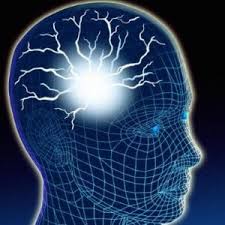 Epilepsy is a seizure disorder that is rooted in the Central Nervous System. According to an article on integrativehealthcare.org, “seizures can be genetic, related to a brain injury, or due to an unknown cause. Affecting how a person feels or acts for a short period of time, a seizure is a sudden surge of electrical activity in the brain’s outer rim, called the cerebral cortex. Ranging from mild to totally disabling, there are many possible symptoms of a seizure.”
Epilepsy is a seizure disorder that is rooted in the Central Nervous System. According to an article on integrativehealthcare.org, “seizures can be genetic, related to a brain injury, or due to an unknown cause. Affecting how a person feels or acts for a short period of time, a seizure is a sudden surge of electrical activity in the brain’s outer rim, called the cerebral cortex. Ranging from mild to totally disabling, there are many possible symptoms of a seizure.”
There are two forms of alternative therapy that have been researched and reported to help with seizure disorders: CranioSacral Therapy and Aromatherapy.
The brain floats within the sugar, salt and enzyme-rich cerebrospinal fluid. “Because fluid is a terrific conductor of sensations, any turbulence, erratic movement or asymmetry can reveal blockages within the enclosed cerebral-spinal system. A CranioSacral therapist’s theory explaining epilepsy could be the misalignment or compression of the skull bones and congestion of cerebrospinal fluid (CSF).” When CranioSacral Therapy is applied, there is an increase in the circulation of fluid. This restores the skull’s internal flow and stretches the brain’s membranes just enough to release any restrictions or adhesions contributing to seizure activity.
Aromatherapy uses essential oils from plants and flowers to effect the brain through the olfactory system (smell). In a case study by Dr. Tim Betts, the seizure patient had an aromatherapy massage with an essential oil of their choosing that made them feel relaxed. Then, at the onset of a seizure, they smelled that oil and then used a self hypnosis technique. “All but one of the patients became completely seizure-free. Dubbed the smell-memory technique, the use of essential oils used in aromatherapy massage became a trigger for a conditioned relaxation response.”
Trisha Schmalhofer, CranioSacral Therapist and LMT

